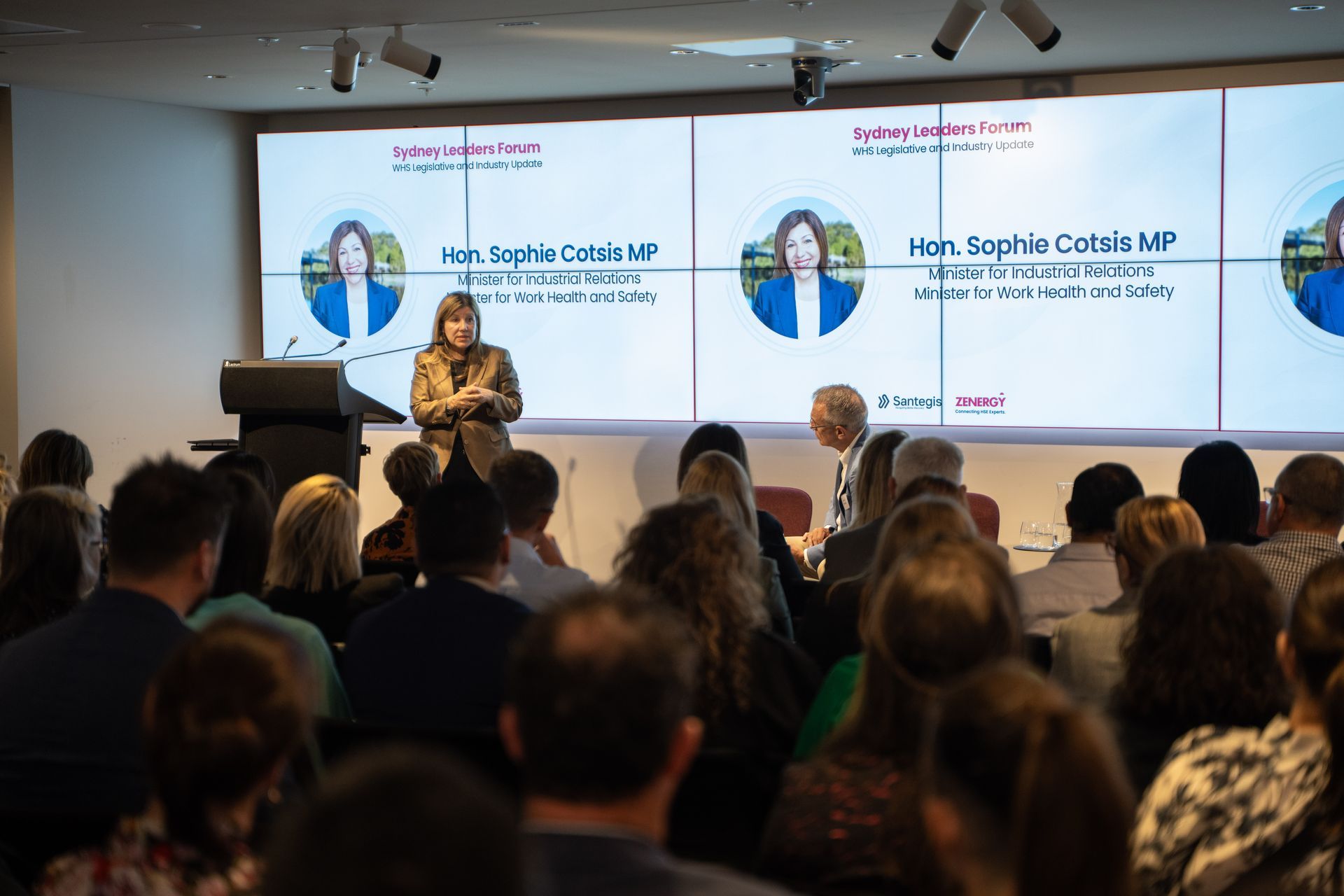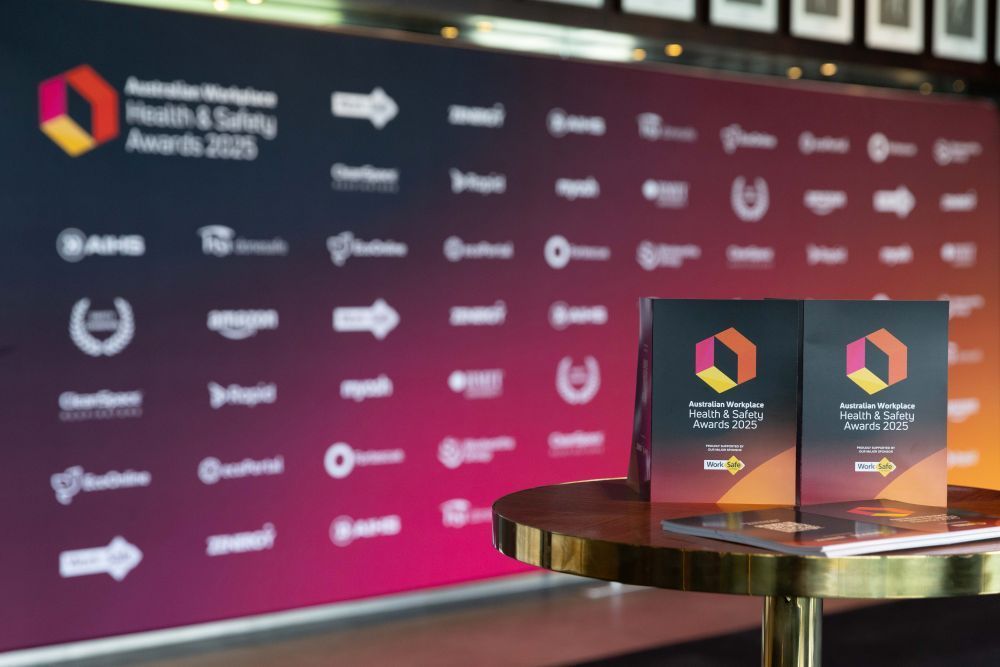Why are workplace safety inspections important?
Why are workplace safety inspections important?

Why are workplace safety inspections important?
It is quite simple - Workplace safety inspections help prevent incidents, injuries and illnesses.
Regular workplace inspections are an important part of an effective work health and safety management system and are carried out for the following basic reasons:
- To check specific conditions to confirm if acceptable WHS conditions are being achieved;
- To monitor and evaluate the performance and compliance against organisational policies, procedures; and
- To identify hazards and workplace practices which have the potential to cause an accident, injury or harm to the environment.
Workplace safety inspections should be a critical examination of the workplace and have legal status, being an obvious part of the general duty of care.
How do you plan for inspections?
Every inspection must examine who, what, where, when and how and should pay particular attention to items that are or are most likely to develop into unsafe or unhealthy conditions, and look at all workplace elements – the people, the environment, the equipment, the materials, and the process.
You can approach safety inspections in a number of ways. For example:
- You could focus on the most common tasks your workers perform; or
- You could break up the worksite into specific segments to look at specific hazards and activities in each area; or
- You could target the specific issues addressed by your safety program, such as material handling, manual handling, housekeeping, electrical, chemical, plant & equipment etc.
Workplace safety inspections – When?
Workplace inspections are an opportunity to identify hazards and assess risk in your workplace, but they need to be carried out regularly. Regular safety inspections reveal changes and allow you to engage directly with staff about safety and a workplace safety inspection program may include:
- Daily inspections of equipment;
- Initial startup inspections;
- Walk-arounds of mobile equipment before use;
- Daily and/or weekly supervisor inspections;
- Weekly and/or monthly departmental inspections.
Your workplace safety inspection program needs to inspect and review your risk control measures which may include:
- When a control measure is not working (e.g. when someone is injured or experiences a ‘near miss’);
- Before workplace layout or practices are changed;
- When new equipment, materials or work processes are introduced;
- If a new problem is found; and
- If consultation shows a review is necessary.
The workplace safety inspection checklist?
A checklist helps to clarify inspection responsibilities, controls inspection activities and provides a report of inspection activities. Checklists help with on-the-spot recording of findings and comments.
But be careful;
- An inspection checklist should be tailored to the specific hazards of your workplace.
- Do not allow the inspection team to become so intent on noting the details listed in the checklist that it misses other hazardous conditions.
After the Inspection
After the inspection is conducted, follow this checklist to address issues and conclude the inspection:
- Fix serious hazards or unsafe work practices immediately; this is a legal obligation. For example, if you find that a ladder has a damaged rung, immediately repair or replace it.
- Prioritise less serious hazards and assign someone to fix each one.
- Follow up on any actions that will take time to complete (for example, purchasing new equipment).
- Let workers know what you find during inspections.
Zenergy Formal Workplace Safety Inspections
Zenergy assists many organisations in providing formal external assessments by a Consultant that has that objective and unbiased yet skilled eye in conducting a WHS site assessment and inspection of your premises.
The workplace safety inspections conducted by an experienced WHS consultant are focused on identifying and evaluating any Work Health & Safety (WHS) hazards at the workplace, reporting on the findings and areas recommended for continual improvement.
For more information on our services feel free to email us on info@zenergygroup.com.au or call 1300 333 400.






